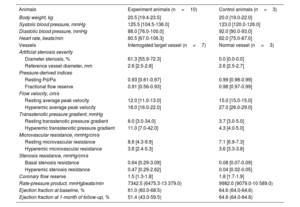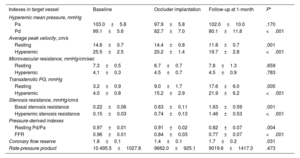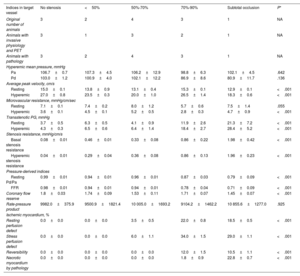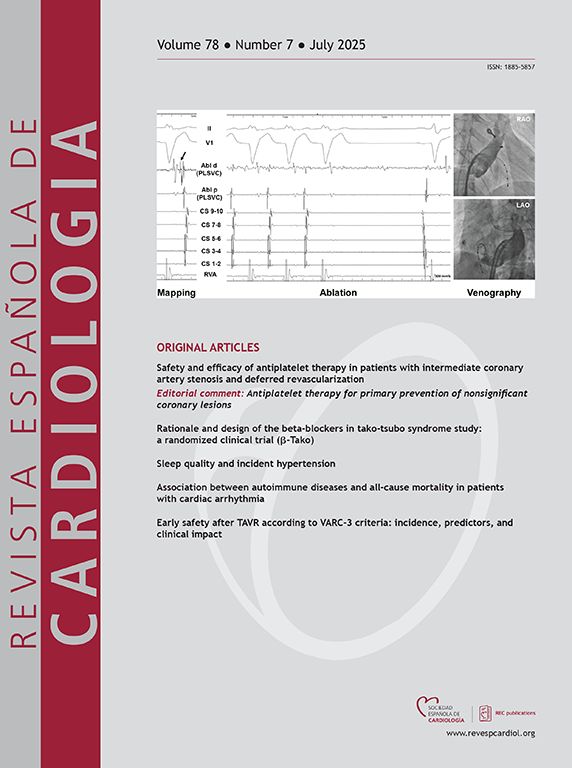
The current study aimed to evaluate the causal association between hemodynamically significant stenosis and the occurrence of ischemic myocardium using an experimental animal model of coronary artery stenosis.
MethodsIn Yorkshire swine (n=10), coronary stenosis in the left anterior descending artery was induced using a customized vascular occluder to create varying degrees of occlusion severity (40%-99%). Serial changes in coronary pressure and flow velocity were measured in the left anterior descending artery before and after the implantation of the vascular occluder. At 1 month, 13N-ammonia positron emission tomography (PET) was performed, followed by the collection of isolated hearts for 2,3,5-Triphenyltetrazolium chloride (TTC) staining to quantify the percent area of necrotic myocardium. Three animals in the control group were evaluated using the same protocols, but without the implantation of a vascular occluder.
ResultsThe median diameter stenosis after vascular occluder implantation was 61.3% (Q1-Q3: 55.9%-72.3%). Significant differences were observed in hyperemic stenosis resistance, fractional flow reserve (FFR), stress perfusion defect and reversibility in PET, as well as in necrotic myocardium in TTC staining based on stenosis severity (control group: <50%, 50%-70%, 70%-90%, and >90%) (all P<.010). Animals with FFR <0.75 at 1 month exhibited a significantly higher area of stress perfusion defect (30.7±3.1% vs 6.0±4.2%, P<.001), reversibility in PET (11.0±4.0% vs 0.0±0.0%, P=.006), and necrotic myocardium in TTC staining (15.8±6.4% vs 0.0±0.0%, P<.001) than those with FFR ≥ 0.75.
ConclusionsIn a porcine model, the induction of hemodynamically significant stenosis with FFR <0.75 was associated with the development of stress perfusion defects and reversibility in PET, as well as necrotic myocardium identified by pathology.
Keywords
Identify yourself
Not yet a subscriber to the journal?
Purchase access to the article
By purchasing the article, the PDF of the same can be downloaded
Price: 19,34 €
Phone for incidents
Monday to Friday from 9am to 6pm (GMT+1) except for the months of July and August, which will be from 9am to 3pm










